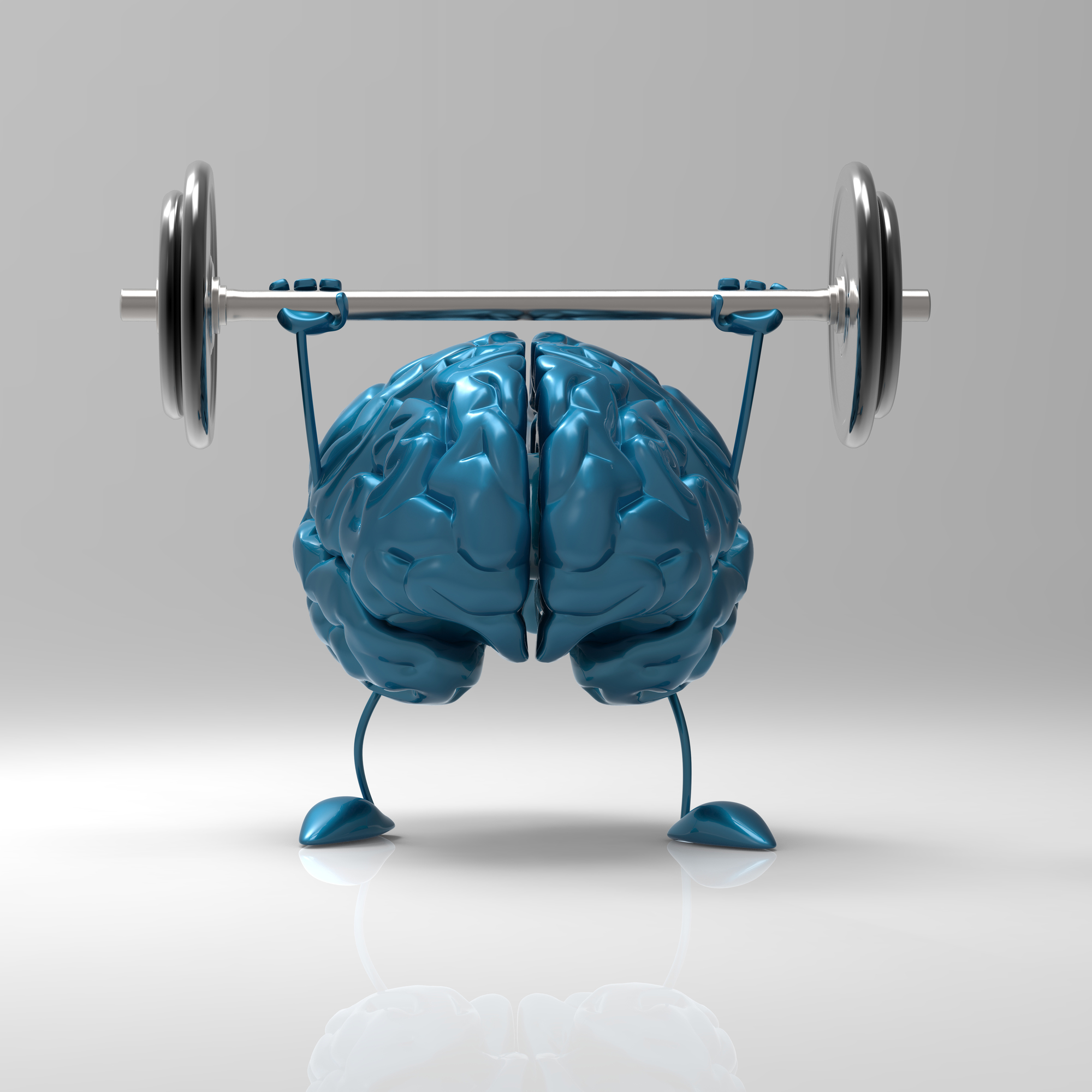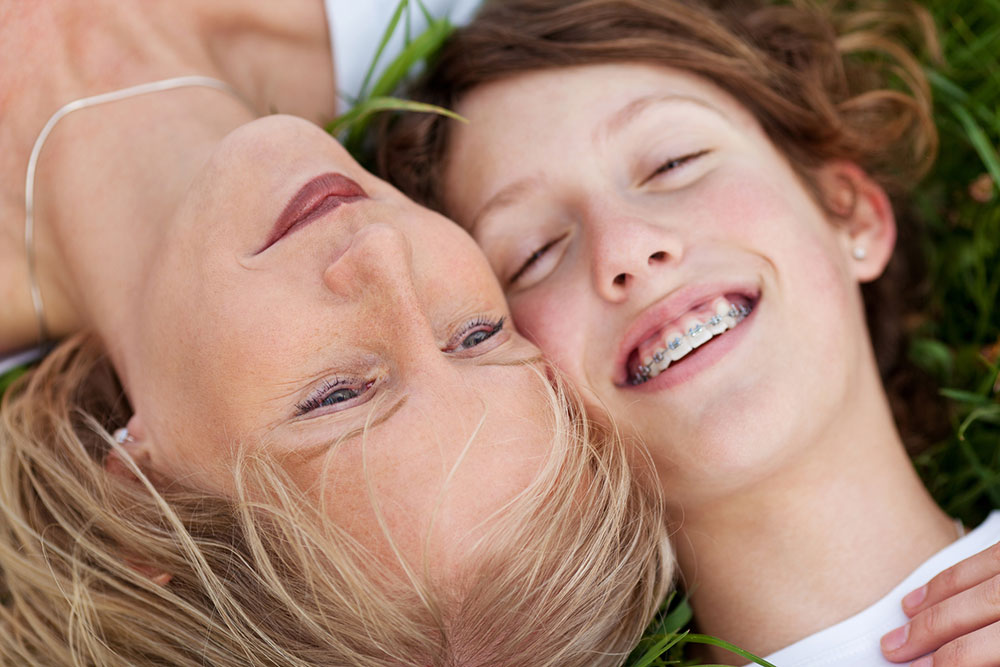Why ADHD and Mindfulness are a Promising Twosome
When it comes to ADHD, mindfulness develops awareness and attention. Mindfulness is learning to step back and observe one’s thoughts and feelings, without judgment. What results is  a resilient, more positive self-image for adults and kids with ADHD.
a resilient, more positive self-image for adults and kids with ADHD.
The Mindfulness-ADHD Connection
Mindfulness can be oversimplified to paying attention and staying calm. But the opposite can happen because when we’re practicing mindfulness, our minds tend to get distracted by our own thoughts. The art of mindfulness is noticing when our minds get lost in thoughts, and without being hard on ourselves, bringing ourselves back to the present; and the next time that happens, bringing ourselves back again.
For someone with ADHD, mindfulness promotes self-regulation. It helps with flexibility and being less driven by impulsive reactions. Mindfulness is the practice of self-management without harsh, negative self-talk.
What Goes On In The Brain?
The link between mindfulness and the brain is promising for adults and kids with ADHD. Studies have  shown a more enhanced pre-frontal cortex, where "executive-functioning" challenges occur. With mindfulness, a person with ADHD can improve memory, attention and emotional management.
shown a more enhanced pre-frontal cortex, where "executive-functioning" challenges occur. With mindfulness, a person with ADHD can improve memory, attention and emotional management.
During the first few minutes of meditation, our thoughts in the prefrontal cortex area of our brains tend to jump around, from one thought to the next. This is because our brains are always active unless we learn how to activate other areas. This is what mindfulness meditation does.
During this active process, we become "me-centered" and tend to catastrophize. “Why did I say that? I'm a bad parent;” “I shouldn’t have done that. I’m going to get fired.”
Quick Tips:
• Stay with the meditation, beyond the first few minutes, to get past the "me-zone."
• Focus. The focus can be on the breath, the footsteps (in a moving meditation), an object, or the guided meditation. Focusing gets past the “me-thoughts” and gets you to a more balanced, rational place. The more you meditate, the more effective you’ll be getting into this stage.
• After 8 – 12 weeks of meditation, you begin to activate the part of the pre-frontal cortex that develops empathy and compassion.
Mindfulness Is A State of Being
Mindfulness is a state of being, of seeing life with clarity and authenticity. For parents and adults living with ADHD and other co-existing conditions, behaviors we observe can be more complex than they seem. When a person doesn’t pay attention to what they’re doing or how they’re acting, it’s often out of habit or lack of awareness. Mindfulness changes our perceptions. This starts with our understanding of ADHD and a possible co-existing condition. It's also about addressing our limiting beliefs, and not being judgmental about living with these challenges. 
Quick Tips:
• If you’re starting a new habit for your family or your child, start with one small step. Success builds on success.
• Reframe ADHD from being a personal, negative deficit, to a treatable, neurological condition.
• Recognize your/your loved one's strengths.
• Use mindfulness to practice nonjudgment, positive self-talk, and compassion.
Mindfulness and Stress
ADHD is stressful and the practice of mindfulness is helpful for stress management. Part of stress management is being more aware of what's going on in our bodies. The better we are at recognizing our patterns, the more active we are at changing our responses to stress. 
Becoming aware of our triggers can support us in managing our emotions.
Quick Tips:
• How do you feel in your body when you’re stressed: You may feel sweaty, shaky, nauseous or your heart may beat faster.
• Reclaim your body by experimenting with what works to get yourself to neutral. You may take deep breaths, get a glass of water, or remove yourself from the situation.
• Notice the gremlin story you’re telling yourself. “I can’t believe he’s doing this to me again;” “They’re going to make me late again.”
• Ask yourself: what's a more supportive story? “We’re working on this;” “It’s going to take time.”
To sum up, the practice of mindfulness helps you and your loved ones living with ADHD become more flexible and resilient, and develop a more positive self-image.
Mindfulness:
• Supports regulation of the ADHD brain without harsh, negative self-talk.
• Is a state of being that reframes ADHD as treatable, with positive strengths.
• Is helpful for stress and emotional management.
Experiment with your mindfulness practice and let me know how it goes for you!
Warmly,
PS. Need more support to reduce overwhelm and stress and in your family?
Contact me for an ADHD Strategy Assessment and we can talk about a plan you can put into place now!
Transforming Parents Lives
The Best Chicago Summer Fun & How to Calm the ADHD ChaosThree Laws to Support ADHD Students
